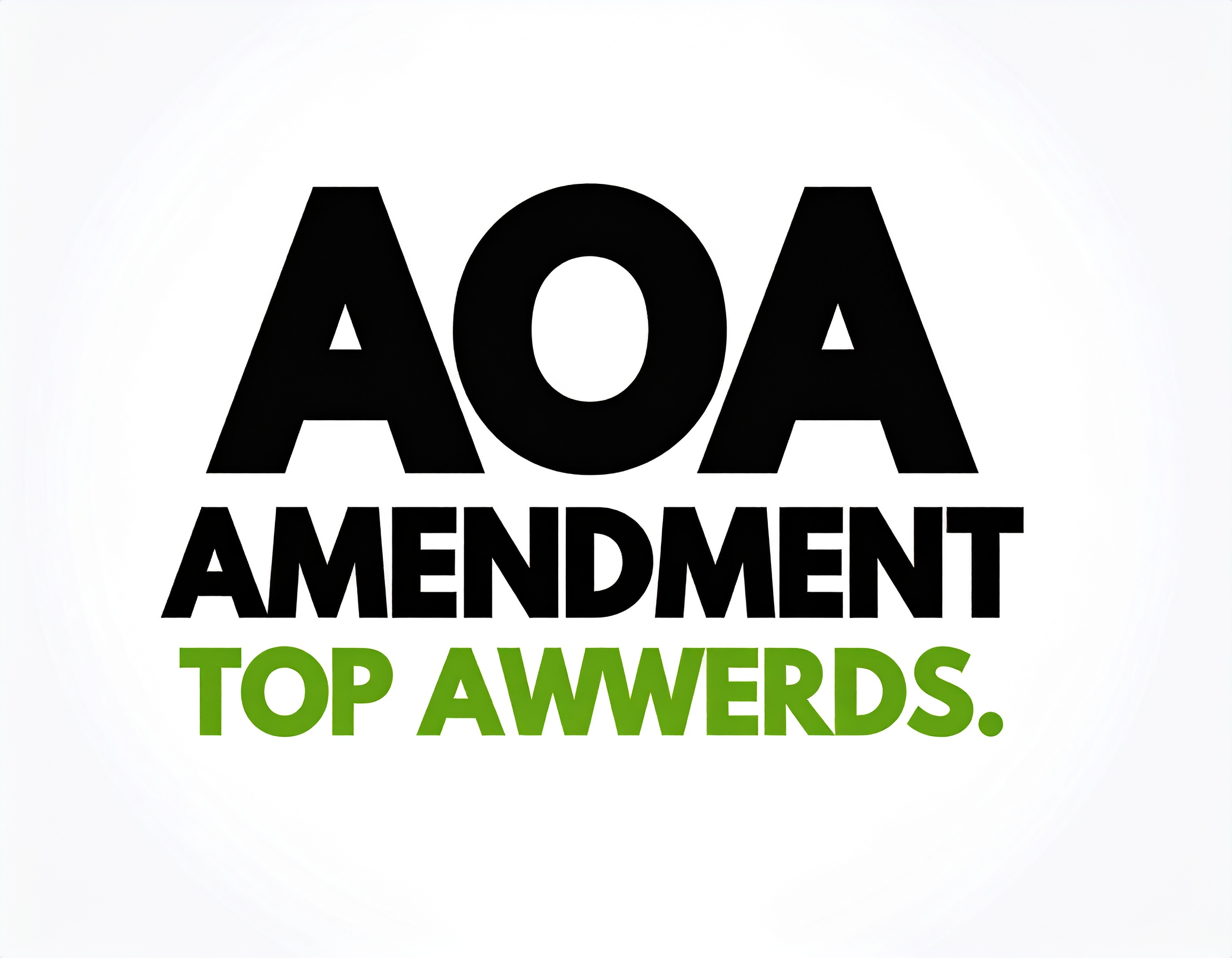AOA Amendment: Top Questions Answered
Introduction
The Articles of Association (AOA) are a key part of a company's legal framework. They spell out how a company is run, how decisions are made, and how internal rules work. As businesses grow, their needs change, leading many to amend their AOA. These updates can impact everything from shareholder rights to management structure. So, understanding the process behind AOA amendments is crucial for any business owner. This article aims to answer common questions and give clear guidance on updating your company's Articles of Association.
What is the AOA and Why is it Important?
The Articles of Association act as a blueprint for running a company. They define rules such as how directors are appointed, how shareholders vote, and how profits are shared. Think of the AOA as the company's instruction manual—without it, chaos could follow. Keeping this document updated is vital because it ensures the company stays compliant with laws and aligns with current business practices. An outdated AOA can cause legal issues or hinder growth, making regular reviews essential.
Reasons and Circumstances for Amending the AOA
Companies often need to change their Articles to stay flexible and compliant. Here are common situations that trigger amendments:
- Changing Business Focus: Moving into new markets or restructuring operations may require different rules.
- Legal Compliance: New laws or regulations might require updates to the governing documents.
- Internal Changes: Shifts in management or shareholding structure often lead to amendments.
- Adding Provisions: Shareholders may want to include special rights or restrictions, such as veto powers or dividend rules.
For example, a tech startup might amend its AOA to include provisions for issuing new classes of shares. Or a family business could update their articles to reflect new ownership arrangements. Experts suggest reviewing the AOA at least once every few years, especially after major business changes to stay aligned with current laws.
Procedure for Amending the AOA
Changing the AOA isn't just a quick edit; it involves a formal process. Here's what you need to follow:
- Board Approval: Begin with a board meeting to pass a resolution supporting the change.
- Shareholder Vote: Shareholders must approve the amendment through a special resolution, typically requiring at least 75% agreement.
- Prepare Amendments: Draft the new version of the AOA reflecting the agreed changes.
- File with Authorities: Submit the amended AOA along with required forms and fees to regulatory bodies like the MCA in India or Companies House in the UK.
- Update Records: Shareholders and stakeholders should be notified, and updated copies should be stored safely.
Tip: Double-check all documents for accuracy and ensure filings are completed on time to avoid penalties. Using professional legal help can smooth the process and prevent common mistakes, like missing signatures or incomplete forms.
Legal and Regulatory Considerations
Different countries have specific rules about AOA amendments. In India, the Companies Act 2013 governs the process, while the UK follows the Companies Act 2006. Always consult local laws to confirm your process. Regulatory bodies can delay approvals if paperwork isn’t complete or if amendments don't meet legal criteria. Legal guidance ensures compliance and reduces risk. Recent updates, like stricter disclosure rules, emphasize transparency when making changes. Remember, amending your AOA can affect existing contracts or loans—so it's wise to review those before proceeding.
Common Challenges and How to Overcome Them
Amending the AOA isn't always straightforward. You might face resistance from minority shareholders who worry about losing rights, or encounter bureaucratic delays. Errors like unclear wording or missing signatures can cause setbacks. How to avoid these issues?
- Communicate Clearly: Keep all stakeholders informed about proposed changes and benefits.
- Hire Experts: Engage legal professionals familiar with company law.
- Use Precise Language: Draft amendments with clarity to prevent ambiguity.
- Check Regulations Carefully: Follow all procedural steps meticulously.
Being prepared and proactive can make the process smoother, saving time and reducing legal risks.
Impact of AOA Amendments on Corporate Governance and Stakeholders
Updating your Articles can actually strengthen how your company is run. Clear rules help manage expectations, clarify decision-making powers, and improve transparency. For shareholders and investors, well-crafted amendments protect their interests and build trust. Communication is key—shareholders should be aware of changes to avoid misunderstandings. Ultimately, these updates can serve as a foundation for better governance and sustainable growth, benefiting everyone involved.
Conclusion
Understanding and managing AOA amendments is essential for a growing business. Proper procedures, legal compliance, and transparent communication are the cornerstones of a successful update. Regular reviews of your Articles keep your company aligned with legal standards and changing business needs. Getting expert advice minimizes risks and ensures a smooth process. Remember, proactive management of your AOA keeps your business flexible, compliant, and ready for future challenges. Stay vigilant, plan ahead, and keep your company's core rules clear and current.
